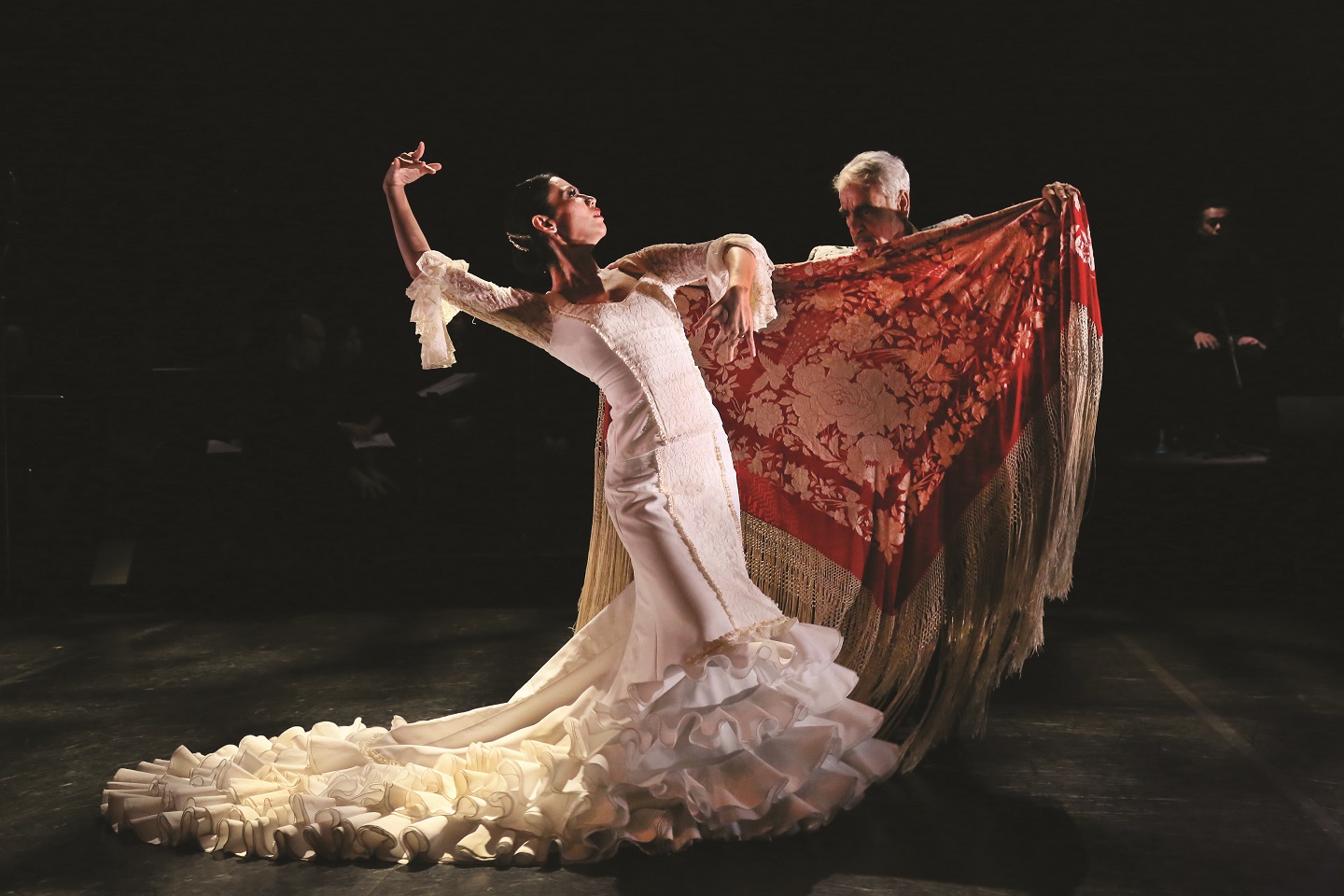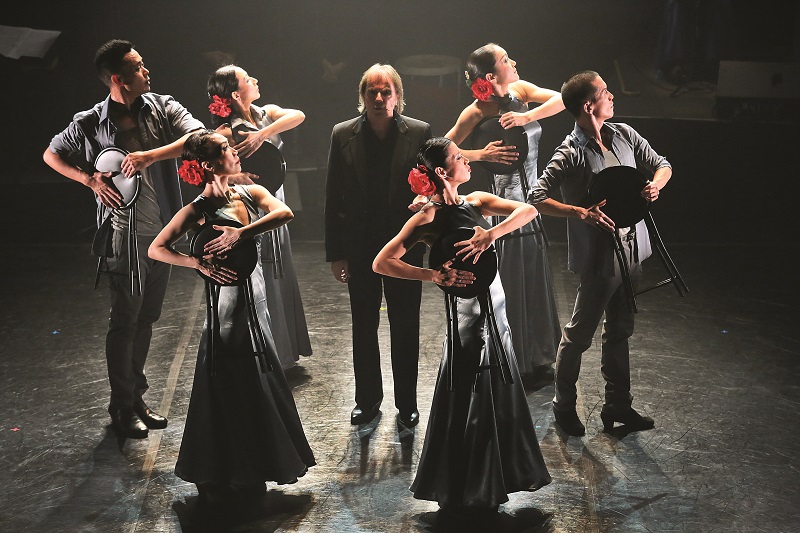
Flamenco, with its exhilarating energy and movements, is imbued with the exotic and rich history of Spain’s south. While the evocative dance has long travelled beyond the Iberian Peninsula — with fervent disciples and fans around the world — here in Southeast Asia, it is still rare to come across any performances, let alone flamenco dance communities.
So, it was particularly fascinating to hear of Pasion Flamenca, an upcoming flamenco showcase at the Theatre Lounge Café (TLC), and even more so that it will be performed by a Singaporean company named Flamenco Sin Fronteras (FSF). Options got in touch with its co-director Daphne Huang, and found out about a group of enthusiasts who have spent the last decade carving out an identity for the dance within this region’s melting pot of cultures.
“Our company’s name means ‘flamenco without borders’. We use this name, for one, because we are outside of Spain. We formed this company in an Asian country, with Asian dancers. The only non-Asian is our artistic director Antonio Vargas, who is half-Spanish,” explains Huang.
Vargas — whose life story was the subject of a play written by Huzir Sulaiman last year — is a well-known flamenco dancer and choreographer. He was born in Morocco to a family of Spanish Jews, but grew up in England. In his teenage years, he moved to Spain to train professionally, before going on to found the Antonio Vargas Flamenco Dance Theatre in the 1970s. He was teaching in Australia in 2002 when Tilly Wong — one of FSF’s core members — attended one of his workshops.
The following year, he was invited to Singapore for a workshop organised by a group of beginners who were trying to spark a flamenco scene there, though they were mostly just learning and practising among themselves. It was then that he met and fell in love with Huang.

“He settled in Singapore, but of course, the base for flamenco here was very, very small, so we just focused on teaching, while he was still doing projects mostly overseas. Slowly, we tried to build a scene here, which led to the starting of FSF at the end of 2011, mainly to do dance theatre projects,” says Huang.
Today, the company has a core group of 10 dancers, with another dozen or so members and students. Besides teaching and performances such as the regular traditional Tablao shows, FSF runs an annual flamenco festival and community programmes, including school education, mental health and senior programmes. This year, it is working with children at risk. Typically, the programmes involve workshops and a showcase.
But the most interesting element of FSF, besides being the first Southeast Asian outpost for flamenco, is its original dance theatre productions. In 2013, the company debuted with The House, an adaptation of a famous play by Garcia Lorca. They roped in scriptwriter Joel Tan to adapt the story for a Peranakan setting, with Vargas weaving the storyline with flamenco movements. Some of the songs featured a blend of flamenco rhythms and strings with an Asian flair.
Since then, FSF has gone on to do many more, including Journey of Time, where the company collaborated with Kathak dancer Ponnamma Deviah and Indian musicians; Elements, where it incorporated oriental elements such as Chinese metaphysical philosophy and Chinese sleeves and fans; and Misa Flamenca, which featured a Catholic choral group melded with flamenco music and dance.
“Because we are outside of Spain, we want to connect with other cultures, especially those of our own. We do a lot of traditional flamenco and keep the roots pure in our teaching, so we keep the separation well. The dance theatre platform allows us to also do more exploration, where we are allowed to push back the boundaries, though it’s certainly not easy, because you need to learn about another craft or art form quite thoroughly before you can collaborate,” says Huang.
One thing FSF is adamant about is maintaining the authentic flamenco experience, even if it means having to pick up the guitar and double as musicians when needed. “Flamenco really is an interaction between the singer, the musician and the dancer — and even the people clapping for them. The dancer is part of a ‘quatro’, where each takes turns to lead. As such, we can’t just put on a CD and do choreography,” she explains.
The dance theatre platform allows us to also do more exploration, where we are allowed to push back the boundaries, though it’s certainly not easy, because you need to learn about another craft or art form quite thoroughly before you can collaborate
Local audiences will be able to get a full traditional experience with its Tablao show for TLC. “Because the space is intimate, we decided to do that. We are making it a bit of an introduction to flamenco, with explanations of what we will do and each of the dances. There’s also an interactive element with the audience, so they can get involved,” Huang divulges.
And while the language sung may be foreign, she says the art form nevertheless captivates with its rhythm. “It is universal,” she enthuses, adding that the evocative nature of its music and range of expression is why it is a popular form around the world today.
“Because of its multi-cultural origins, you’ll find similarities in tone to Indian music, Arabic music or even Jewish synagogue singing. It has eastern and western elements combined, thanks to its gypsy roots. More importantly, flamenco is a dance that allows people to express themselves. I think a lot of women find that empowering.”
Pasion Flamenca will be staged in TLC, B1-3A, Plaza Damas 3, Jalan Sri Hartamas, Kuala Lumpur, on Dec 15 and 16. It will feature guest artiste Ivan Yu. For more information, visit www.theatreloungecafe.com.


